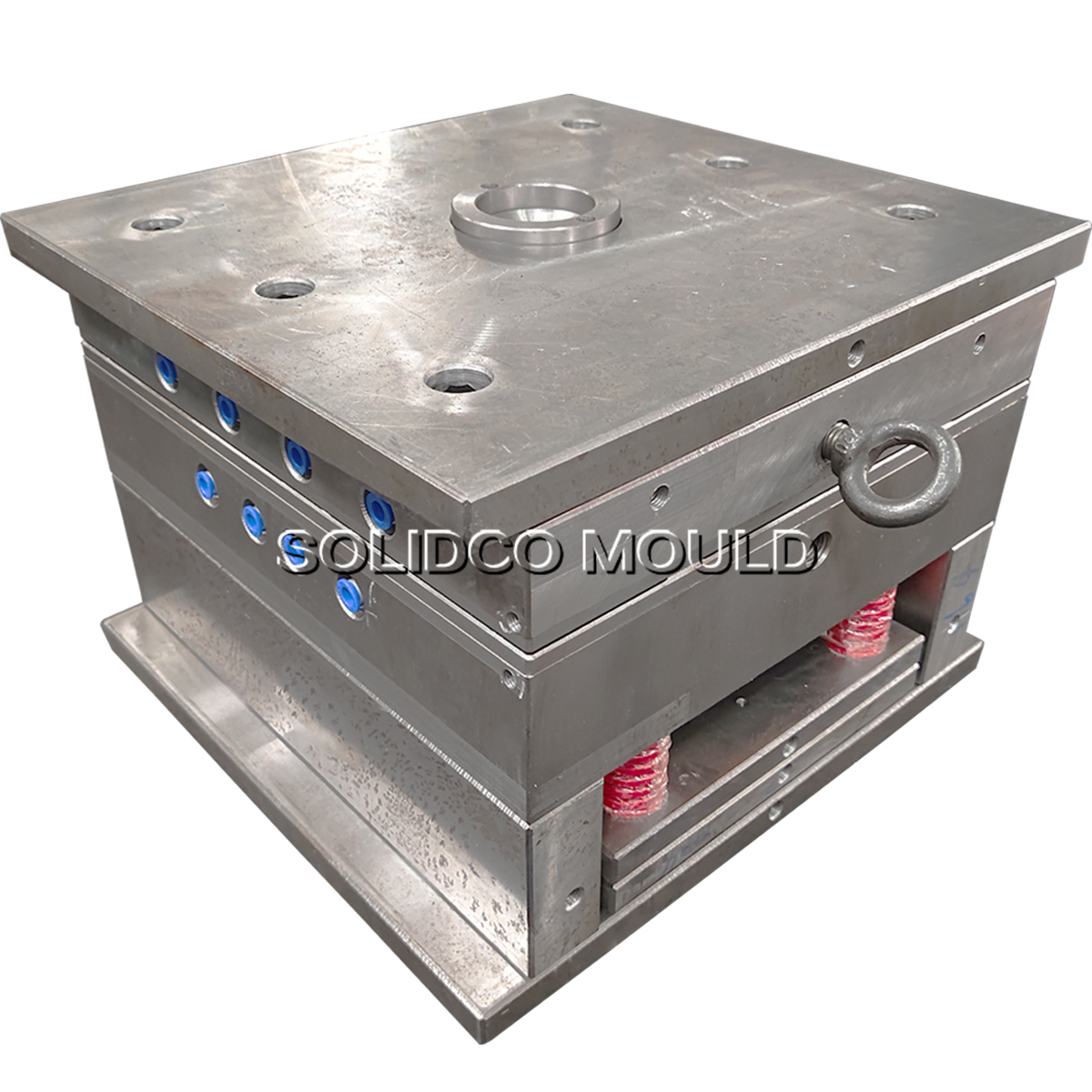The working conditions of plastic molds are different from those of cold stamping dies. They generally have to work at 150 degrees Celsius to 200 degrees Celsius. In addition to being subject to a certain pressure, they also have to withstand the influence of temperature. According to the different usage conditions and processing methods of plastic molding molds, the basic performance requirements of steel for plastic molds are roughly summarized as follows:
- Excellent cutting processability
Most plastic molding molds, in addition to EMD processing, also require certain cutting processing and benchwork repairs. In order to extend the service life of cutting tools, enhance cutting performance, and reduce surface roughness, the hardness of the steel used for plastic molds must be appropriate.
- Good thermal stability
The shapes of plastic injection mold parts are often complex and difficult to process after quenching. Therefore, materials with good thermal stability should be used as much as possible. When the mold forming process is heat treated, because the linear expansion coefficient is small, the heat treatment deformation is small, the dimensional change rate caused by temperature difference is small, the metallographic structure and the mold size are stable, the processing can be reduced or no longer required, and the dimensional accuracy of the mold can be guaranteed. Surface roughness requirements.
- Good polishing performance
High-quality injection molded products require small cavity surface roughness. For example, the surface roughness value of the injection mold cavity is required to be less than Ra0.1-0.25, and the optical surface is required to be Ra<0.01nm. The cavity must be polished to reduce the surface roughness value. For this reason, the selected steel requires few material impurities, a fine and uniform structure, no fiber directionality, and no pitting or orange peel-like defects when polished.
- Sufficient surface hardness and wear resistance
The hardness of the plastic mold is usually below 50-60HRC. The heat-treated mold should have sufficient surface hardness to ensure that the mold has sufficient stiffness. When the mold is working, since the filling and flow of plastic have to withstand large compressive stress and friction, the mold is required to maintain the stability of shape accuracy and dimensional accuracy to ensure that the mold has sufficient service life. The wear resistance of the mold depends on the chemical composition and heat treatment hardness of the steel. Therefore, increasing the hardness of the mold is conducive to enhancing its wear resistance.
- 50 grade carbon steel has certain strength and wear resistance
After quenching and tempering, it is mostly used as formwork material. High carbon tool steel and low alloy tool steel have high strength and wear resistance after heat treatment, and are mostly used for formed parts. However, high-carbon tool steel is only suitable for manufacturing small-sized and simple-shaped formed parts due to its large heat treatment deformation.
With the development of the plastics industry, the complexity and precision of plastic products are becoming increasingly demanding, and higher requirements are also placed on injection mold materials. For manufacturing complex, precise and corrosion-resistant plastic molds, pre-hardened steel (such as PMS), corrosion-resistant steel (such as PCR) and low-carbon maraging steel (such as 18Ni-250) can be used, all of which have good performance Cutting, heat treatment and polishing properties and higher strength.
In addition, when selecting materials, you must also consider preventing scratches and gluing. If there is relative movement between the two surfaces, try to avoid choosing materials with the same organizational structure. Under special circumstances, one side can be plated or nitrided to make both sides have Different surface structures.
